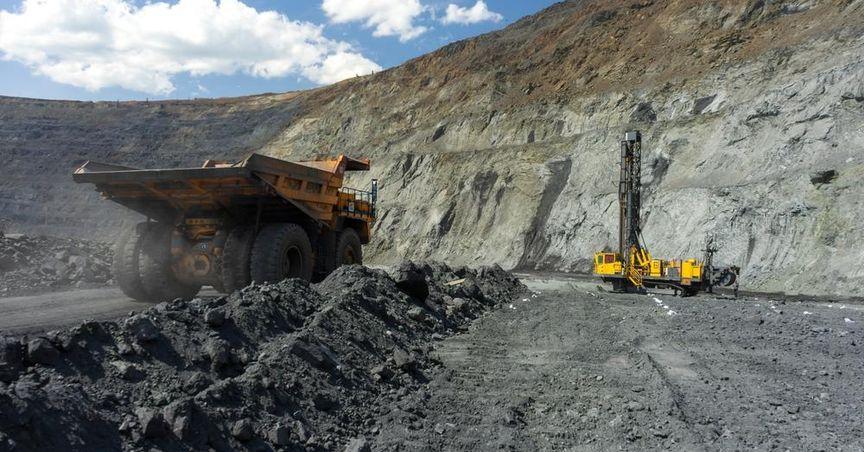Highlights:
Cornell University’s Professor Karin Olson Hoal is visiting CSIRO as a Fulbright Australia-US Chair in Science, Technology, and Innovation for a six-month term.
Sphalerite, a complex zinc sulfide mineral, is highlighted for its potential to host critical elements like cadmium, mercury, and silver.
Geomet techniques aim to optimize resource extraction and contribute to environmental, social, and governance (ESG) initiatives in the mineral sector.
CSIRO, a government-funded scientific organization, is at the forefront of innovative mineral resource research, including its focus on sphalerite. This zinc sulfide mineral is gaining attention within geomet, a field of study linking geology, engineering, and resource management. Professor Karin Olson Hoal, from Cornell University, is applying her expertise in geomet as part of her six-month tenure as the Fulbright Australia-US Chair in Science, Technology, and Innovation.
Her research at CSIRO is not just advancing our understanding of sphalerite but also contributing to larger environmental, social, and governance (ESG) practices, aligning with global sustainability goals.
The Complex Nature of Sphalerite
Sphalerite is a mineral rich in zinc sulfide but also contains a range of other critical elements, such as manganese, cadmium, mercury, indium, thallium, gallium, germanium, antimony, tin, lead, silver, and cobalt. This diversity makes sphalerite a “very cool mineral” in Professor Hoal's words. Its adaptability to host a variety of elements is one of the factors driving the growing interest in this mineral.
Sphalerite is found in many types of ore deposits, ranging from sedimentary to volcanic regions. It is also present in meteorites dating back billions of years, offering a unique perspective on the processes that shaped our planet and its mineral resources.
Mining Historical Slag Heaps and Byproducts
The study of sphalerite is pivotal in understanding how ore-forming fluids interact with various minerals. One of the key aspects of Hoal's research is that historical mining practices have often left significant portions of ore, such as sphalerite, underutilized. Many old mine sites may have extracted a small portion of the available ore, leaving up to ninety-eight percent of the material untouched, yet still accessible for extraction today.
This underutilization presents an untapped resource that can be revisited for extracting critical elements, thus adding value to old mining sites. Hoal’s research seeks to address this issue by combining geological information with engineering solutions, reducing waste, and promoting more sustainable mining practices.
Linking Geology and ESG Through Geomet
Professor Hoal emphasizes the importance of a holistic approach to mineral resource development. Geomet, as a scientific discipline, connects geological data to engineering and economic models. This approach helps minimize waste, reduce environmental impacts, and ensure that mining activities are aligned with broader sustainability goals.
By understanding the full characterization of materials like sphalerite, the mining industry can embrace more sustainable practices that recover value from historical slag heaps and other mining byproducts. This not only creates new economic opportunities but also integrates ESG principles into the resource recovery process.
A Circular Approach to Mineral Resources
The broader goal of Hoal’s research is to maximize the long-term value derived from mineral resources while minimizing environmental damage. By improving resource recovery, the industry can reduce the environmental footprint of mining activities. The circular model of resource extraction, where materials are continually reused and recycled, aligns with both economic and environmental objectives.
Incorporating geomet into mining practices ensures that the full potential of minerals like sphalerite is realized. The research aims to create a more responsible and efficient mineral extraction process that can support sustainable development in the mining sector.



